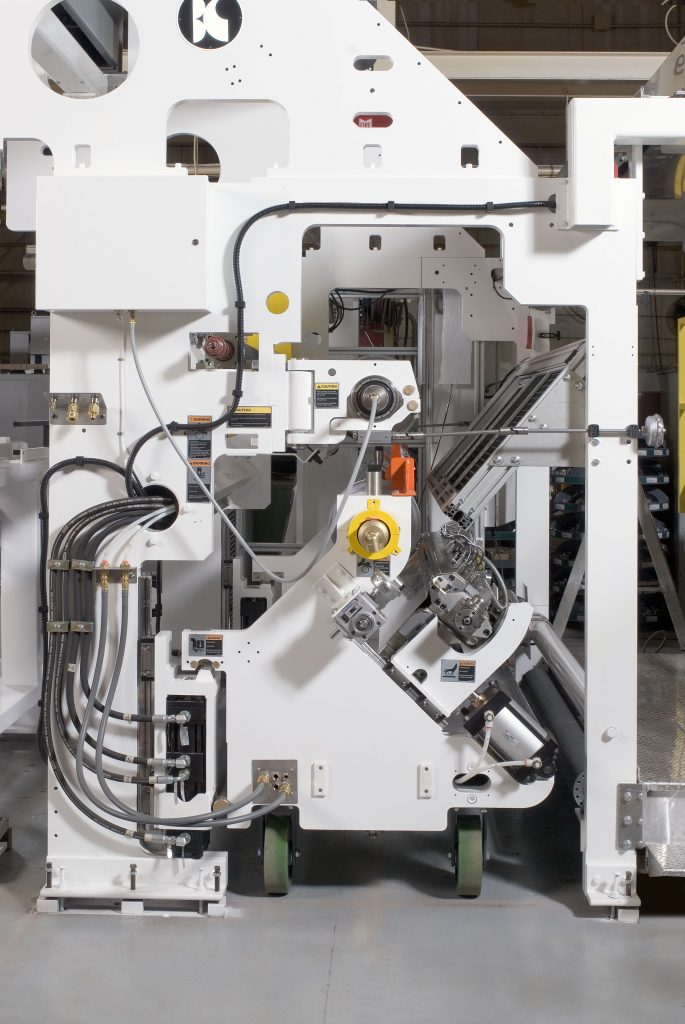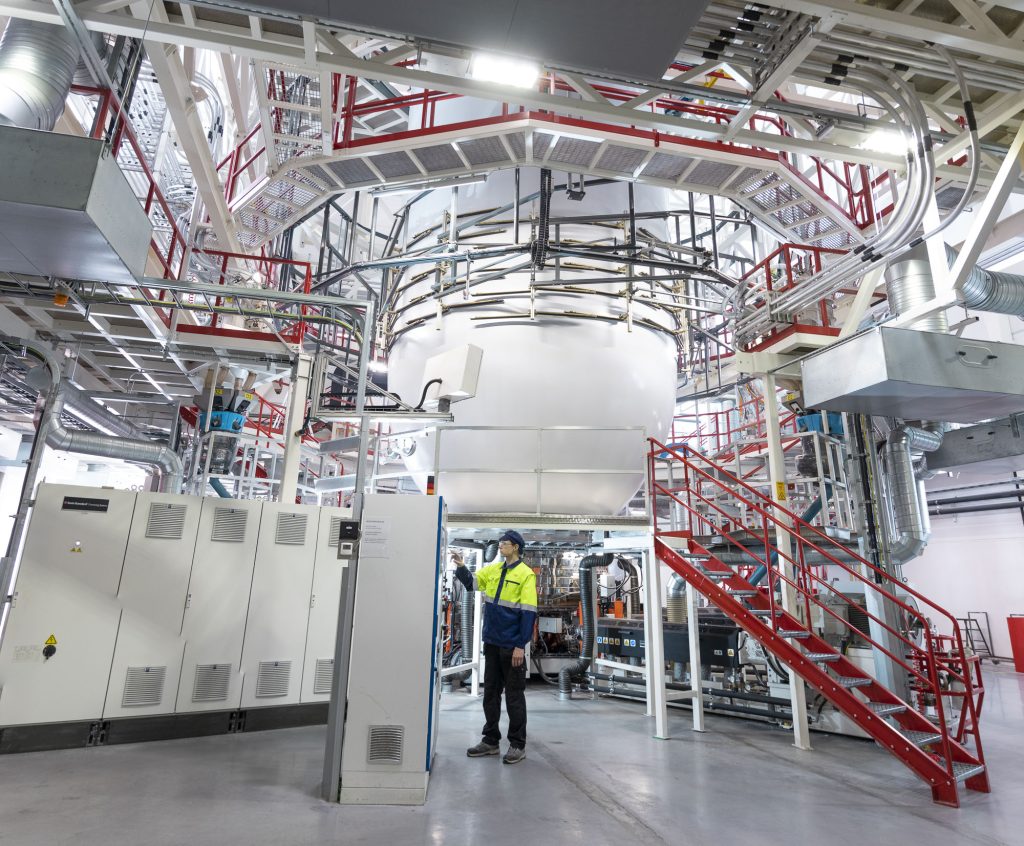The first step in building a world-class liquid coating line is properly defining the application....
Liquid Coating & Laminating Tips | Part II
Liquid Coating & Laminating Tips | Part II

In the last blog, we provided tips to help establish a baseline for application requirements and provided information on coater selection and coating formulations. In this blog, we’ll take that a step further by looking at the types of liquid coating substrates and characteristics, substrate surface tension/corona treatment guidelines and dryer selection.
What types of substrates are you coating? These can include paper, film, tissue, metal, foam and non-wovens. What are the characteristics of those substrates? Factors to consider include absorbency, surface tension, strength, smoothness, caliper, softening temperature and bend radius. This helps us determine corona treatment guidelines. Here is an example showing the substrate surface tension for different materials.

Dryer selection is the next aspect of building your ideal liquid coating line. When choosing a dryer design, evaluate the following:
- Type of substrate
- Coating formulation
- Evaporation rate
- Solvent or water-based
- Temperature limitations
- Cure and dwell requirements
- Nozzle design
- Floatation or roll support
- Quiet zone
- Cooling zone
The dryer design determines the length for silicone curing. The heat-up is based on the amount of energy required to heat the web to the cure temperature of the silicone. The length can be shortened if the temperature is increased, but web temperature will also increase. Excessive web temperature may cause damage to the substrate and may also cause silicone dusting. Here is a helpful equation to help avoid negative results:
Dryer length for silicone curing = length of dwell + heat-up time
For adhesive drying, there are three primary stages to ensure quality results. These include:
Stage 1: Heat-up to the point of evaporation; slow heat-up rate to prevent skinning
Stage 2: Drying; avoid boiling of liquid in the adhesive layer
Stage 3: Final moisture removal; avoid blistering of the adhesive layer
We hope this blog assists you in improving your liquid coating processes. Have questions about this blog post? Comment below.
For any other questions or inquires, please e-mail marketing at marketing@davis-standard.com.
Stay safe and healthy!


